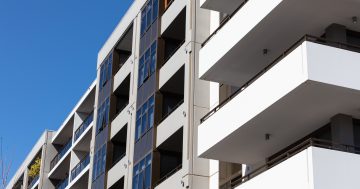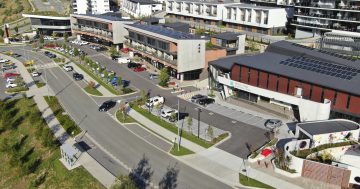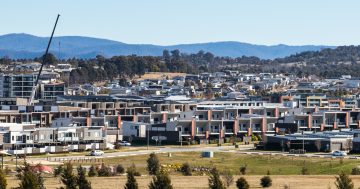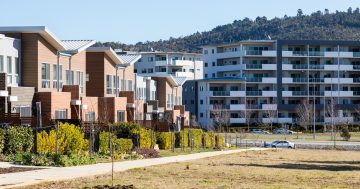
More choice has kept the ACT’s already high rents from soaring like the other capitals, but pressures could be returning. Photo: Michelle Kroll.
Canberra’s rents may have defied the national trend to a record high in 2023, but they remain the second-highest in the country with a median of $651 a week.
CoreLogic’s Rental Market Update shows that rents in Canberra eased -1.9 per cent last year, although there was an uptick in the last quarter of 0.9 per cent, part of a national trend after rental growth had slowed during the year.
Canberra’s rents are -3.3 per cent off the peak, driven by a higher vacancy rate and more choice in the market thanks to new developments settling.
But The Property Collective’s Director of Property Management Hannah Gill said the return this month of interstate workers, especially Defence and other public sector workers seeking accommodation, would again put pressure on the market.
There was also not a lot of new rental stock on the horizon.
She said the vacancy rate had hovered around 2 per cent but was starting to come down.
If conditions tightened, rents would continue to rise.
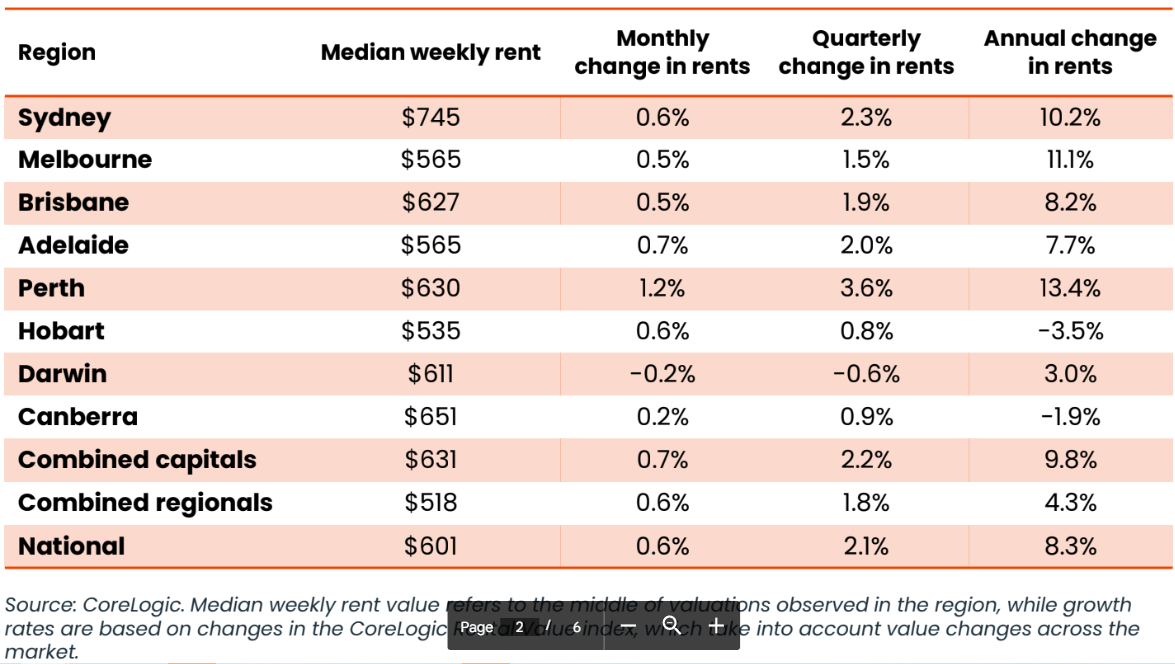
CoreLogic’s national median rent value rose to a record $601 a week last month, equating to a median annual rent of $31,252. In August 2020, the median was $437 a week.
In less than four years, tenants paying the median now have to shell out an extra $8000 a year.
Rental growth averaged 9.1 per cent a year for the past three calendar years, compared with just 2.0 per cent in the 2010s, outpacing wages.
CoreLogic says smaller households, including less share housing, rapid population increases fuelled by the immigration rebound, and a temporary investment shock as interest rates rose, are behind the rent increases.
But it says the reduction in social housing supply as a portion of all dwellings over the decades has placed more pressure on the private rental market, as has the declining rate of home ownership.
New Productivity Commission figures show total social housing in the ACT has increased over the last decade, driven by a boost in community housing, particularly in recent years.
Public housing numbers are slightly down, although the government renewal program is in the process of building and updating properties.
In 2014, there were 10,848 public housing dwellings. In 2023, there were 10,827.
The big change was in community housing where there were only 527 dwellings in 2014, but by 2023 this had risen to 1343.
At June 30 last year, there were 11,730 households in social housing, up from 11,257 in 2014. The number in public housing fell over the decade from 10,727 to 10,265, while those in community housing rose from 530 to 1465.
The rental squeeze, particularly on low-income earners, has forced the government to boost spending on homelessness services in the past five years, rising from $26.8 million in 2018-19 to $35.7 million in 2022-23.
CoreLogic says rental growth will likely slow this year as immigration stabilises and interest rates come down. But without a massive increase in the housing supply, rents will continue to take a big chunk of people’s incomes and increase the threat of homelessness for those on low incomes.












